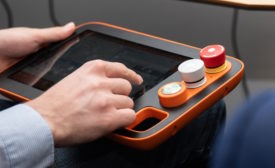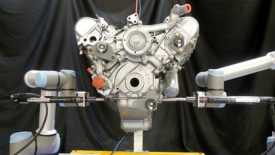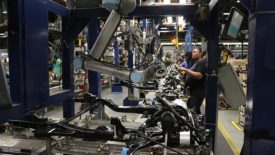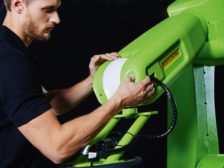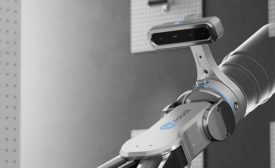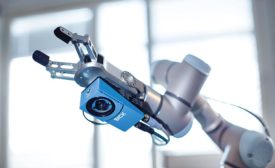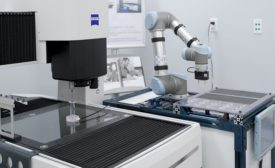Home » cobots
Articles Tagged with ''cobots''
Quality in Automation | Case Study
Perhaps you already know you want to procure a vision system but are wondering how to go about specifying the system.
Read More
Vision & Sensors | Machine Vision 101
A Quick Guide to Choosing Machine Vision for Collaborative Applications
What are the main considerations to keep in mind?
December 27, 2023
Vision & Sensors | Collaborative Robots
Four Trends to Watch in Cobot-Based Quality Automation
Explore some of the benefits and capabilities of cobot-based quality inspection and metrology systems.
July 19, 2023
Vision & Sensors | Cobots
Cobots for the Win
Collaborative robots helped manufacturers keep production lines running during the pandemic. They're accessible to small- and medium- sized businesses. And their simplicity just may help to shrink the skills gap.
May 5, 2021
2.5D Vision Hits Sweet Spot for Collaborative Applications
Automation can be deployed without having to redesign large parts of your facility.
April 8, 2021
A Customizable Vision for the Quality Profession
The future of quality inspection is one that will see quality professionals working side-by-side with collaborative robots fitted with easily-swapped vision systems.
September 1, 2020
Collaborative Robots: Moving into the Quality Lab
Optipro enhances their world-class optics manufacturing systems using new tools for robotic machine tending and small part measurement.
August 4, 2020
Stay in the know with Quality’s comprehensive coverage of
the manufacturing and metrology industries.
eNewsletter | Website | eMagazine
JOIN TODAY!Copyright ©2024. All Rights Reserved BNP Media.
Design, CMS, Hosting & Web Development :: ePublishing
.jpg?height=168&t=1711968358&width=275)
